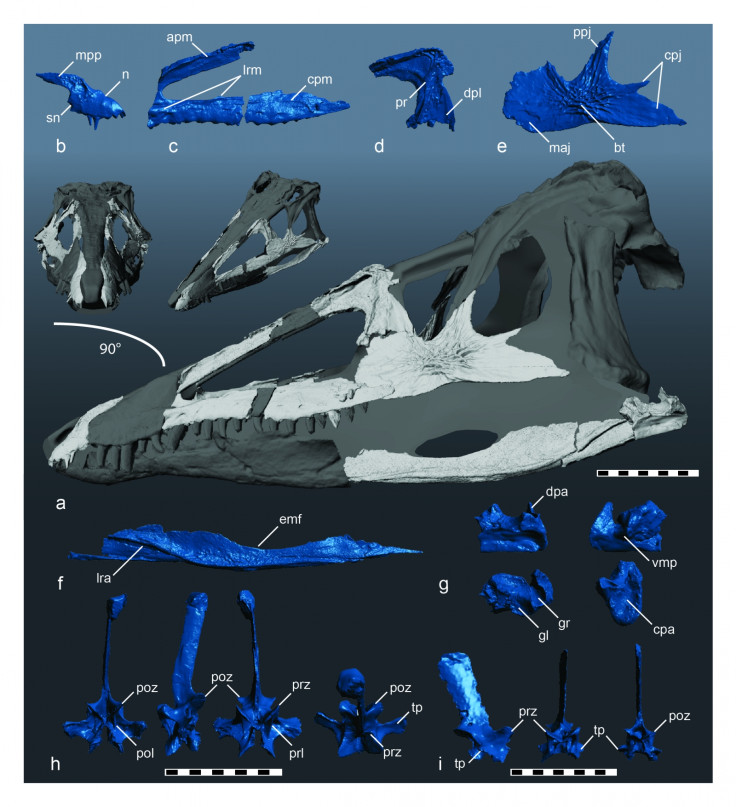Carolina Butcher: Prehistoric crocodiles walked on hind legs and ruled world before dinosaurs

A prehistoric crocodile that was nine foot long and walked on its hind legs is believed to have been the top predator in North America before the dinosaurs arrived.
Carnufex carolinensis, or the Carolina Butcher, was discovered in the Pekin Formation in Chatham County, North Carolina. Palaeontologists found parts of the crocodile's skull, spine and upper forelimb.
The researchers, from North Carolina State University and the North Carolina Museum of Natural Sciences, scanned individual bones with the latest imaging technology to create a 3D model of the reconstructed skull – allowing them to fill in the missing pieces with the more complete skulls from close relatives.
They believe Carolina Butcher preyed on smaller creatures living in the area at the time, such as armoured reptiles and early mammal relatives.
The Pekin Formation contains sediments from 231 million years ago – at the start of the Late Triassic period. At the time, it had a wet, warm climate.
Researchers are particularly interested in fossils from the Formation because they date to just before the supercontinent Pangea broke apart.

Lindsay Zanno, lead author of the study, explained: "Fossils from this time period are extremely important to scientists because they record the earliest appearance of crocodylomorphs and theropod dinosaurs, two groups that first evolved in the Triassic period, yet managed to survive to the present day in the form of crocodiles and birds.
"The discovery ofCarnufex, one of the world's earliest and largest crocodylomorphs, adds new information to the push and pull of top terrestrial predators across Pangea."
Other predators roaming the area at the time include rauisuchids and poposauroids – cousins of ancient crocodiles that went extinct in the Triassic Period. All these species hunted alongside one another – creating what Zanno calls a "predator pile-up".
"We knew that there were too many top performers on the proverbial stage in the Late Triassic," Zanno adds. "Yet, until we deciphered the story behind Carnufex, it wasn't clear that early crocodile ancestors were among those vying for top predator roles prior to the reign of dinosaurs in North America."
Many of these predators went extinct – just small bodied crocodylomorphs and theropods survived the Triassic period. The title of top predator was passed over to the dinosaurs.
© Copyright IBTimes 2025. All rights reserved.






















